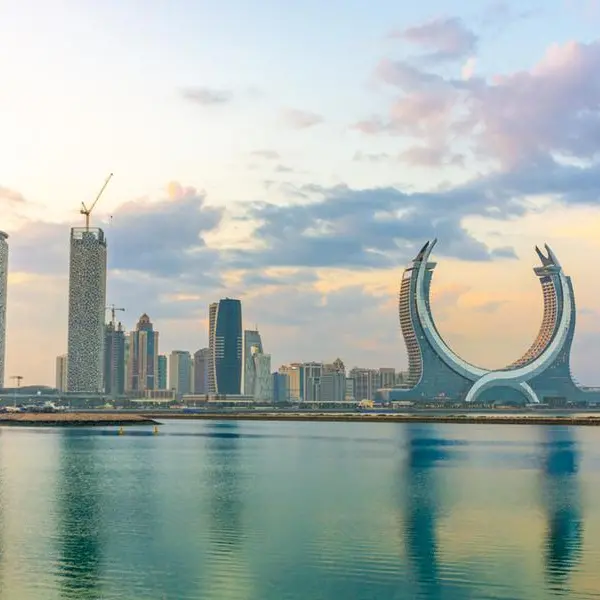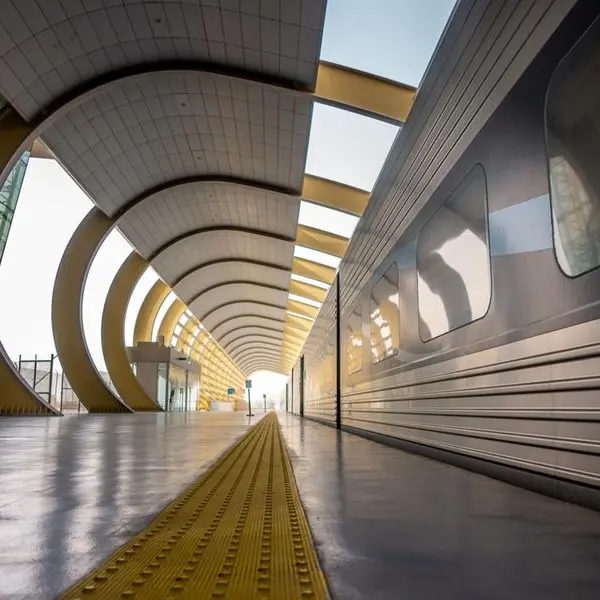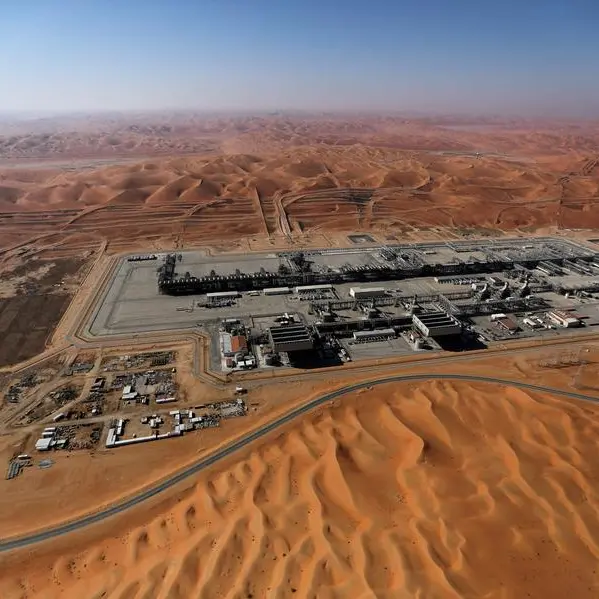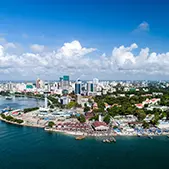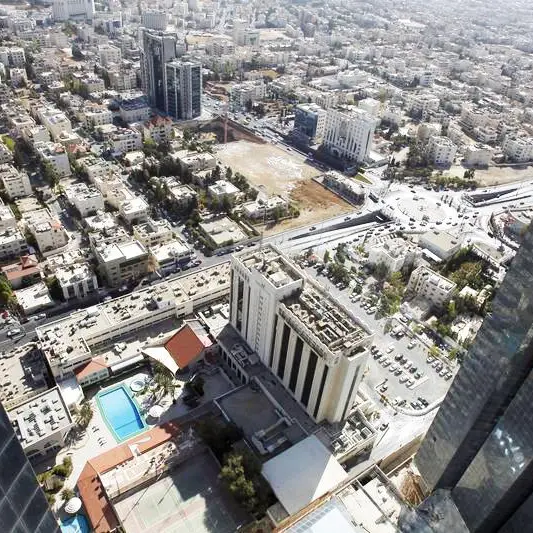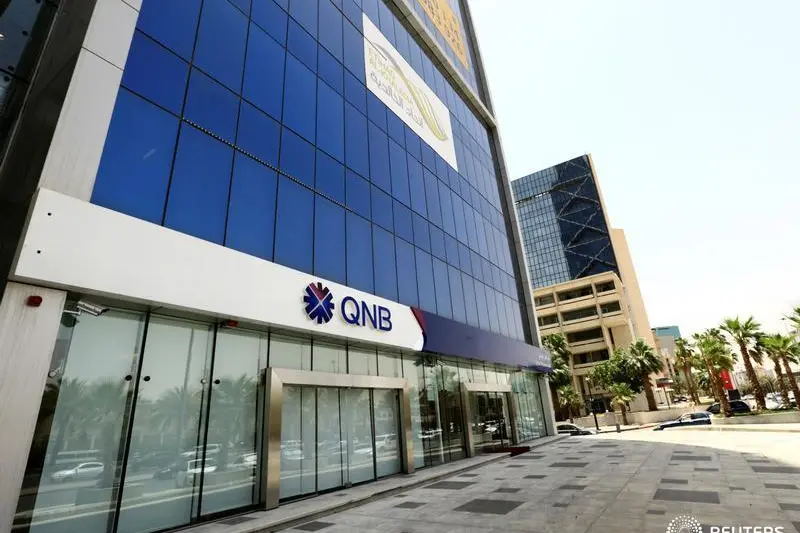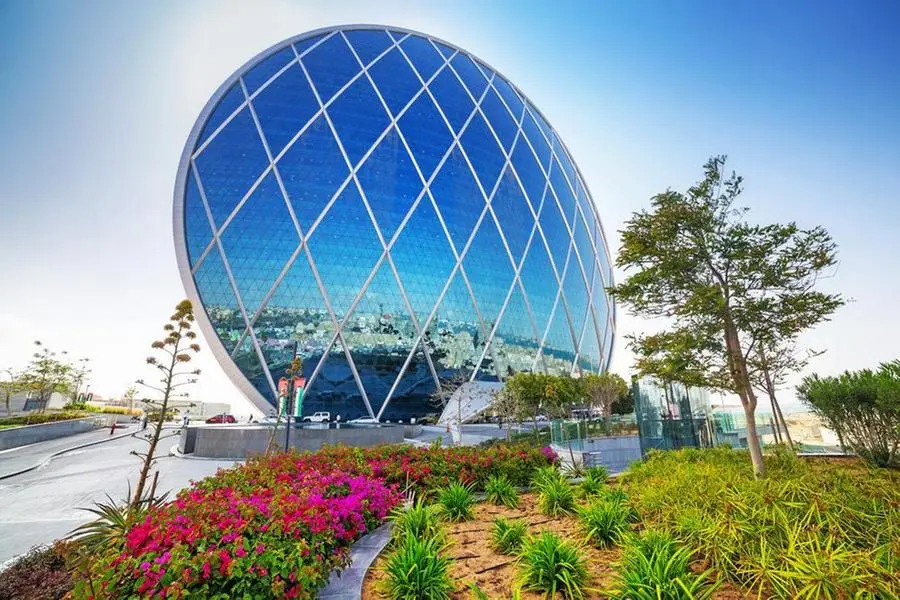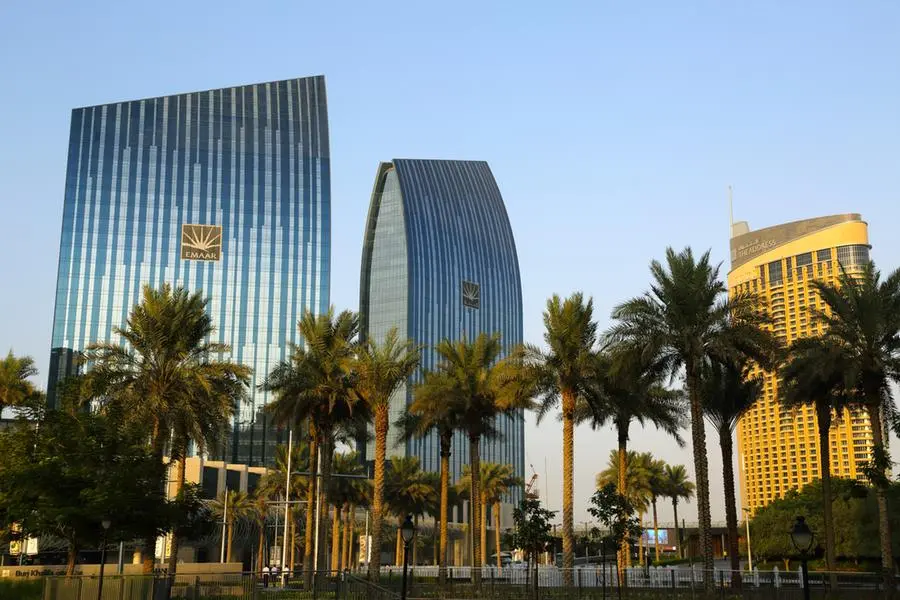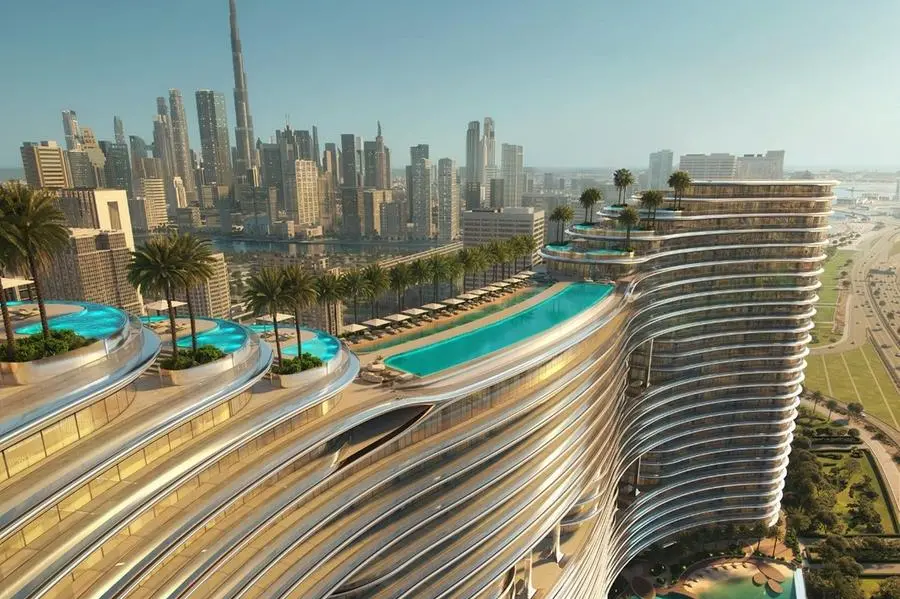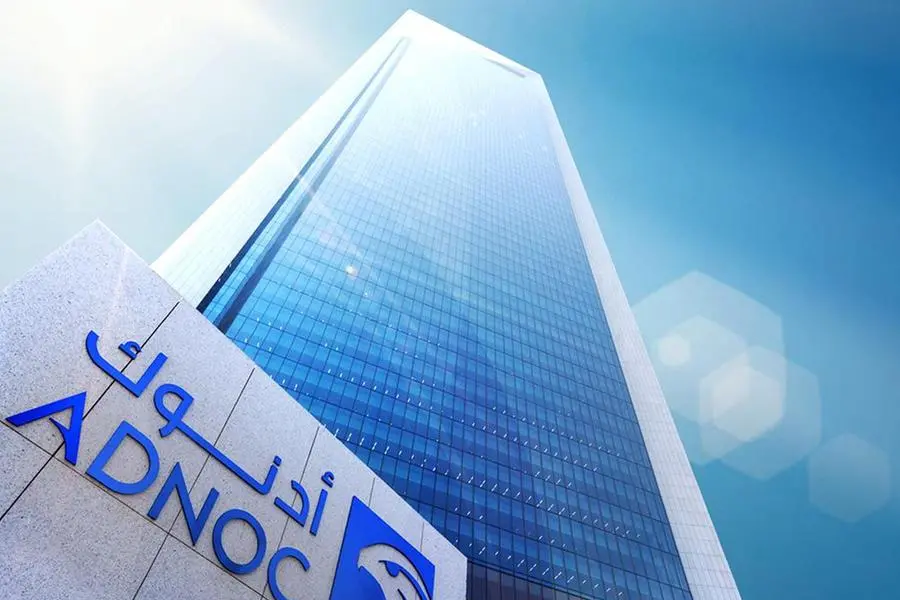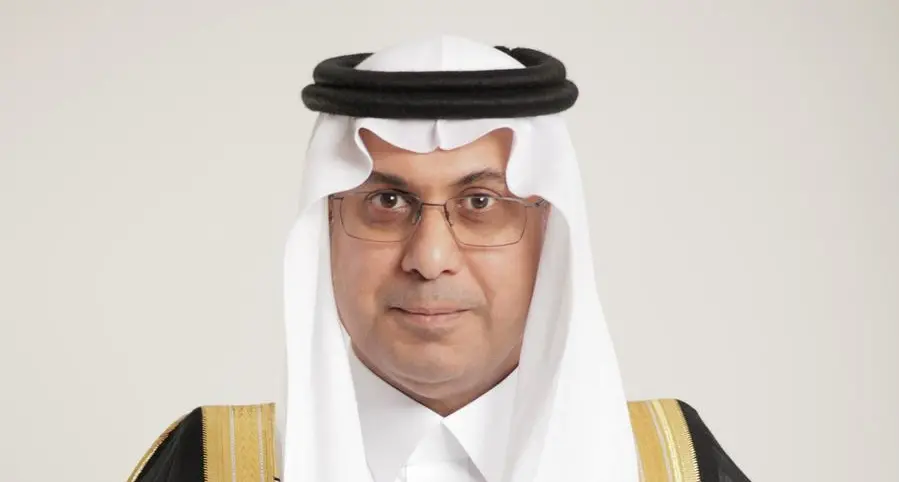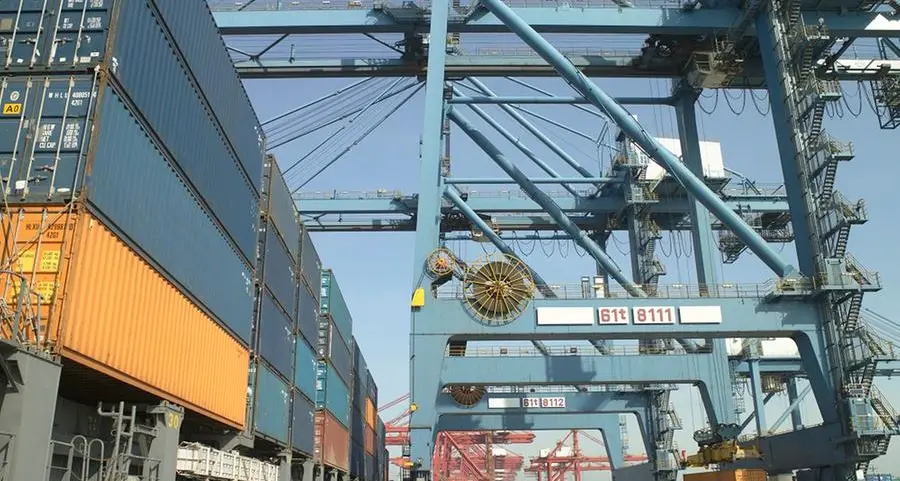Monday, Sep 17, 2012
Abu Dhabi: A set of street design guidelines introduced in the emirate of Abu Dhabi have helped avoid fatalities on Salam Street’s right-turn lanes over the last two years, urban planning officials announced in the capital on Monday.
Although not many traffic accidents were reported on the thoroughfare before the redesign was initiated, such incidents invariably resulted in grave consequences. This is why absence of any fatalities since 2010 is such a great achievement, Ebrahim Al Hamoudi, manager of the transport planning department at the Urban Planning Council (UPC), told Gulf News.
Residents can continue to look forward to safer roads in the emirate as the Urban Streeet Design Manual (USDM) guides the construction of new streets and the redesign of existing ones.
A new version of the manual, which applies to all urban roads in the emirate, was launched in the capital on Monday.
Compared to the first manual, released in 2010, the latest edition includes additional sections that are expected to enhance safety on roads with right turns and in neighbourhoods where a large number of nationals are known to reside. The new manual will also dictate the sustainable retrofitting of streets in existing neighbourhoods.
“For example, newer streets have a lane specifically designated for right turns. The width of these lanes was discussed with other entities, including the Civil Defence and the Department of Transport. Accordingly, a recommended width of four metres has been set. This width is narrow enough to allow only one vehicle to pass through at a time, but also wide enough to accommodate large vehicles like buses and fire trucks,” Al Hamoudi explained.
According to the official, these narrower right turn lanes prompt motor vehicles to stop at the turn, thereby allowing pedestrians to cross the road more safely.
Like the older manual, the latest edition also specifies wider walkways for pedestrians on both road medians and sidewalks.
“Many old streets have very little space for pedestrians to walk. This not only makes walking unpleasant but also inconveniences people with disabilities. Sidewalks designed under the USDM will however cater to the needs of pedestrians with wider walkways, ample space in front of door openings and store windows, as well as street furniture like seats and decorative trees,” Al Hamoudi explained.
These sidewalks will also make shops and commercial outlets more attractive, said Amer Al Hammadi, director of planning and infrastructure at the UPC.
“Now, there is very little space to walk past stores and window shop. With wider pathways, stores will be able to attract customers with their appealing displays,” Al Hammadi said.
In addition, the manual also calls for narrower roads to enhance sustainability.
“Narrower roads, which will be prominent in residential neighbourhoods, will force motorists to drive more carefully and reduce speeds. In addition, much less asphalt will be used, thus reducing the cost of road construction,” the UPC official said.
According to Al Hamoudi, older main roads in the emirate currently allocate 3.65 metres per lane as against a requirement of 3.3 metres fir most motor vehicles. Only larger vehicles like trucks need about 3.5 metres.
“We have included these specifications in the manual. When followed, they will allow for 10 per cent of the asphalt to be saved, thus saving millions of dirhams,” he said.
A study was undertaken by the UPC before the summer to compare the newly constructed Al Salam Street, which follows USDM principles, with the older Muroor Road.
“During peak hours, Al Salam is much safer for pedestrians, and encourages more walking. On the other hand, Muroor Road cannot accommodate the volume of traffic and pedestrians, especially as the capital city continues to grow,” Al Hamoudi explained.
Currently, Al Salam Street, and sections of the Saadiyat Island in the capital, incorporate USDM principles. As other roads in the emirate are designed or retrofitted, the guidelines will be implemented more widely by the UPC, and other relevant entities like the municipalities and the Department of Transport involved more closely.
“We are working with other entities to redesign all roads so that they conform to the 2030 vision for the emirate. And the principles we are following will soon make urban roads in Abu Dhabi a destination in themselves,” he added.
By Samihah Zaman Staff Reporter
Gulf News 2012. All rights reserved.
